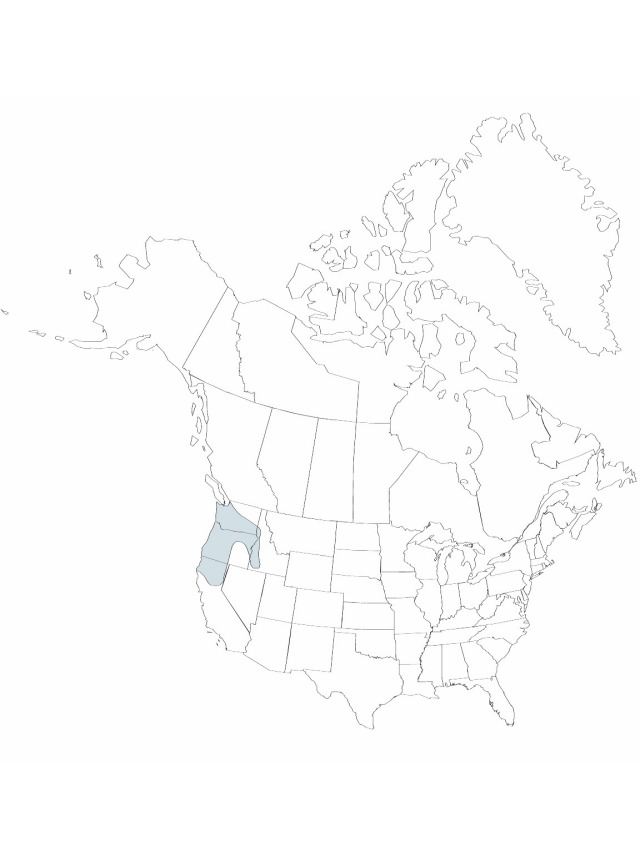Juncus howellii
Leaflets of Western Botany 5: 182. 1949.
Herbs, perennial, 2–6 dm. Rhizomes long creeping. Culms erect, slightly compressed, never rooting at nodes. Leaves: basal 2–4, cauline 2–3; auricles 1–3 mm, apex rounded to acutish, membranous; blade flat, 10–30 cdm × 2–4 mm, reduced distally, margins occasionally papillose. Inflorescences glomerules, usually 3–9, each with 3–8(–10) flowers, open, 2–9 cm; primary bract much shorter than inflorescence. Flowers: tepals yellow-brown with green midstripe, lanceolate, 5–6.5 mm, margins clear; outer and inner series nearly equal, adaxially papillose; stamens 6, filaments 0.5–1 mm, anthers 1.8–2.6 mm; style 0.6 mm. Capsules tan, 3-locular, obovoid, 3–5 mm, shorter than perianth. Seeds ovoid, body 0.5–0.7 mm, tails 0.2–0.4 mm.
Phenology: Flowering and fruiting summer.
Habitat: Moist ground in mountain meadows
Elevation: 850–2500 m
Distribution

Calif., Idaho, Oreg., Wash.
Discussion
Selected References
None.